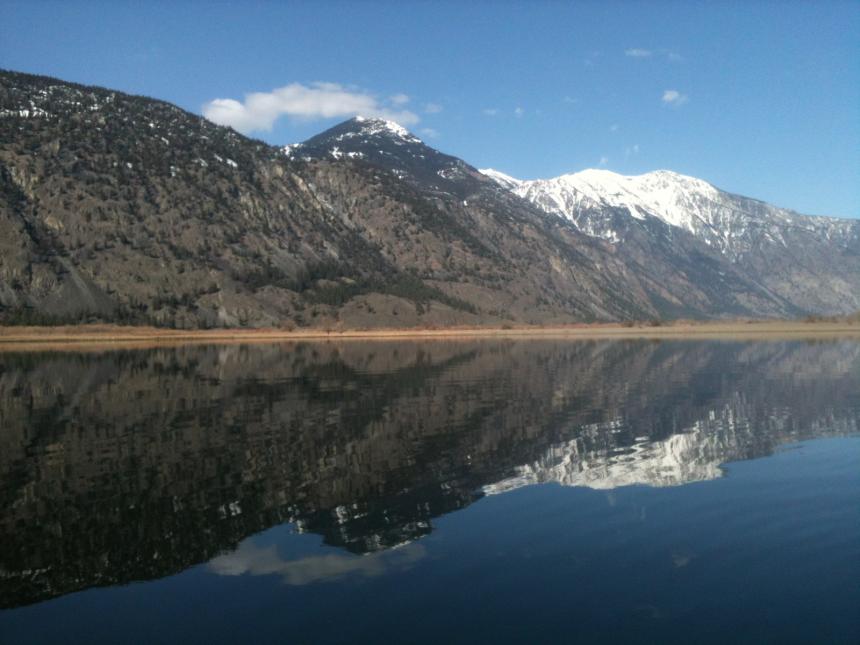Located near Loomis, Palmer is a diverse fishery with several species available that provides fishing year round. There is a BLM access site with concrete boat launch, and a DNR site with gravel launch and camping areas. A private resort is also on the lake with cabins and RV spots. The popular kokanee fishery appeared to have suffered a massive mortality event in 2016. Beginning in 2018, WDFW began restocking fry into Palmer lake to restart the kokanee fishery. The fruits of that labor will not likely be known until 2020. Yellow perch from 6-10 inches are frequently caught throughout the year. Palmer is a popular winter lake and provides good perch fishing through the ice. Largemouth and smallmouth bass are also present in the 1-3 lb range.
Two-pole fishing is allowed
Good for ice fishing
Shoreline access: Good - Shore access is limited to either DNR or BLM access sites.
Species you might catch
- Black crappie
- Bluegill
- Burbot
- Chiselmouth
- Common carp
- Kokanee
- Largemouth bass
- Largescale sucker
- Mountain whitefish
- Northern pikeminnow
- Peamouth
- Pumpkinseed Sunfish
- Rainbow trout
- Smallmouth bass
- Yellow perch
Lake information
County: Okanogan
Acreage: 2032.50 ac.
Elevation: 1150 ft.
Center: 48.893104, -119.618705
Open in Google Maps
Catchable fish plants
| Stock Date | Species | Number Released | Number of Fish Per Pound | Facility |
|---|---|---|---|---|
Visit the Catchable Trout Plants page for a more detailed search of trout plants in this or other bodies of water. To view or download the source data for this table visit the WDFW Fish Plants dataset on the Washington State Open Data Portal
Fishing prospects calendar
Rainbow trout
Kokanee
Largemouth bass
Smallmouth bass
Yellow perch
Black crappie
Bluegill
Pumpkinseed Sunfish
Northern pikeminnow
Photos
